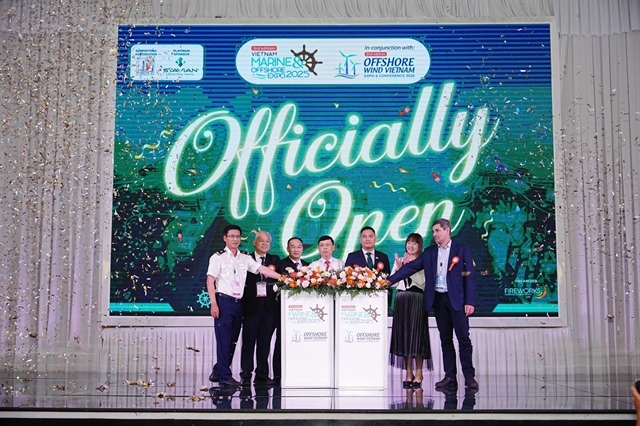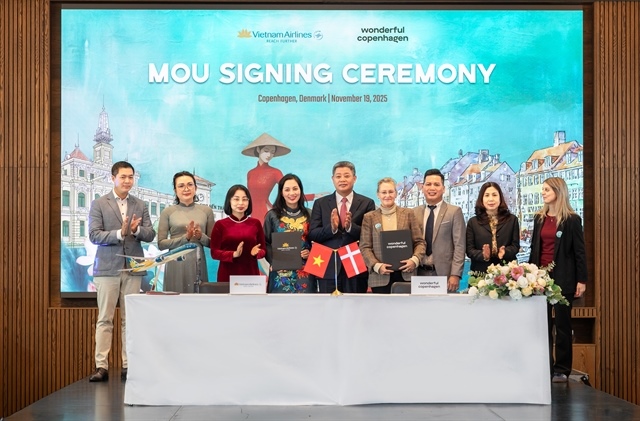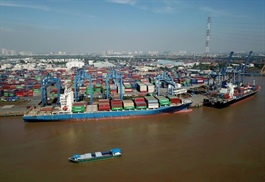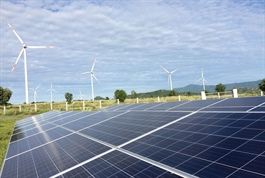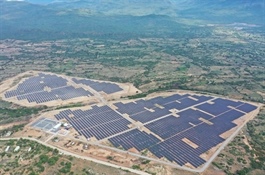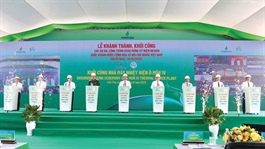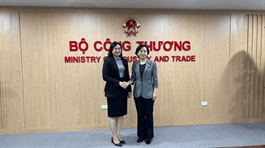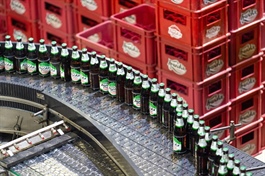Smart port model helps boost Việt Nam-China border trade
Smart port model helps boost Việt Nam-China border trade
The Youyi Guan customs in Guangxi, China, has operated an intelligent quarantine system since 2023, enabling Việt Nam and China to digitalise the entire coordination process.
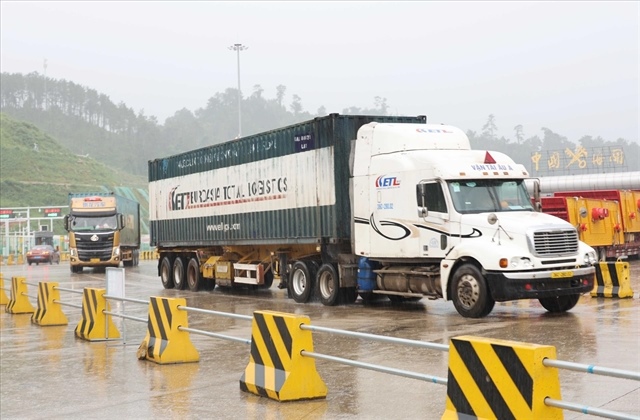
Container trucks carrying import and export goods are preparing to enter the loading and unloading area. — VNA/VNS Photo |
Cooperation between Việt Nam and China in building 'smart border gates' has become an important highlight in recent years, helping to remove bottlenecks in the flow of goods, especially agricultural products.
This is not only a practical step to promote bilateral trade but also demonstrates the determination of both countries to modernise border management, in line with the trend of comprehensive and extensive development.
As reported by Vietnam News Agency correspondent in China, a series of trucks carrying fruits and vegetables from Việt Nam were stuck at border gates from the end of 2021 to the beginning of 2022, causing significant losses for farmers.
In response to this situation, high-level leaders from both countries held numerous phone calls and direct exchanges to find solutions. Among the measures proposed, the development of smart border gates was one of the key steps put forward to resolve the issue.
Previously, it took three to five days for a truck to complete all procedures, but now the process only takes about 15 seconds.
The synchronised application of QR code scanning, facial recognition and fingerprint identification allows drivers to quickly finish entry procedures. In particular, fruits with short shelve lives, such as durian, a product highly popular in China, can now be transported cross the border without the risk of spoilage due to delays.
The Youyi Guan customs in Guangxi, China, has operated an intelligent quarantine system since 2023, enabling Việt Nam and China to digitalise the entire co-ordination process.
The average waiting time for each truck has been reduced by 3.5 hours, and the need for transshipment minimised.
The number of trucks clearing customs at the Việt Nam–China border gates reached a record of 3,300 per day within last year, double the figure of 2019.
Another highlight is the application of advanced science and technology. Driverless trucks, smart cranes, 5G technology, and the Beidou navigation satellite system have been deployed, making border gate operations largely automated and moving toward 24/7 operation. This is China’s first cross-border smart border gate model, which has delivered tangible results and is continuing to expand.
The joint efforts of the two countries to promote cooperation in reform and capacity building of border gate management not only shorten customs clearance times but also lay a solid foundation for stable and sustainable bilateral trade ties.
When fresh durian from Việt Nam was officially allowed for export to China since September 2022, the country quickly became a major supplier.
Nearly half of the 1.56 million tonnes of durian imported by China came from Việt Nam last year.
This clearly demonstrates the effectiveness of the smart border gate model in bringing Vietnamese agricultural products closer to Chinese consumers.
The establishment and operation of smart border gates not only addressed immediate challenges for farmers and import-export businesses but also carries strategic significance, opening up vast opportunities for Việt Nam-China border trade.
This achievement is a direct result of the close attention and guidance from the senior leaders of both parties and governments, reflecting the spirit of friendly, mutually beneficial, and shared development between the two neighbouring nations.
Zhu Houdong, deputy chief commander of the China–Việt Nam Friendship cargo transport corridor-smart port project, told the Vietnam News Agency that the purpose of building the smart port model was to achieve the goal of rapid customs clearance, ensuring goods can be transported from Nanning to Hà Nội and vice versa within 24 hours, maximising the stability of supply and production chains between the two countries.
In the coming period, based on the existing infrastructure, the current customs clearance capacity would be doubled, Zhu added.
- 15:44 28/08/2025


